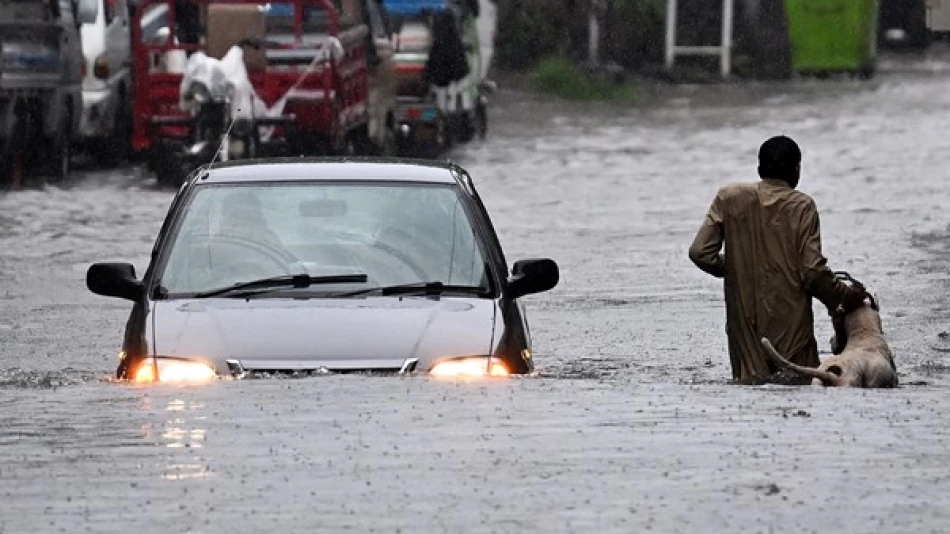
Heavy Monsoon Rains Claim Over 200 Lives in Pakistan
Pakistan's Deadly Monsoon Season Claims Over 200 Lives as Climate Vulnerability Deepens
Pakistan's monsoon season has turned catastrophic, with rainfall-related incidents claiming more than 200 lives over recent weeks as the country faces another brutal reminder of its extreme climate vulnerability. The death toll, which includes nearly 100 children, underscores Pakistan's struggle with inadequate infrastructure and disaster preparedness in the face of increasingly severe weather patterns.
Mounting Human and Economic Toll
The National Disaster Management Authority reported that 203 people have died since heavy monsoon rains began on June 26, including 97 children and 37 women. At least 562 others have been injured in incidents primarily caused by collapsing walls and roofs—a recurring tragedy that highlights the country's substandard housing construction.
Punjab province, Pakistan's most populous region and economic heartland, bore the brunt of the casualties. The province's dense population and aging infrastructure make it particularly susceptible to monsoon-related disasters, with poorly constructed buildings unable to withstand the seasonal deluge.
Infrastructure Under Siege
Beyond the human cost, the monsoons have damaged over 700 homes and killed more than 200 livestock, dealing another blow to rural communities already grappling with economic hardship. The livestock losses are particularly significant for Pakistan's agricultural economy, where cattle represent both livelihood and food security for millions of families.
The meteorological department has issued warnings for continued heavy rainfall through July and August, predicting rising river levels and additional flooding. This forecast suggests the crisis is far from over, with the peak monsoon months still ahead.
A Climate Change Frontline
Pakistan's vulnerability to extreme weather events has been well-documented by the United Nations, which ranks the country among the world's most climate-vulnerable nations. With a population exceeding 240 million, Pakistan faces a perfect storm of high exposure to climate risks, limited adaptive capacity, and insufficient disaster management resources.
The current monsoon season echoes the devastating 2022 floods that submerged one-third of the country and affected 33 million people, causing damages estimated at $30 billion. That disaster highlighted how Pakistan, despite contributing less than 1% of global greenhouse gas emissions, disproportionately suffers from climate change impacts.
Systemic Challenges Persist
The recurring pattern of monsoon casualties points to deeper structural issues beyond climate change. Pakistan's rapid urbanization has often occurred without proper building codes or flood management systems. Many structures, particularly in densely populated areas, are built with substandard materials that cannot withstand heavy rains and flooding.
The high proportion of child casualties—nearly half of all deaths—reflects the particular vulnerability of Pakistan's young population, which makes up a significant portion of the country's demographic profile. This pattern suggests that early warning systems and evacuation procedures may be inadequate for protecting the most vulnerable populations.
Economic and Development Implications
For a country already struggling with economic instability and recently completing a challenging IMF bailout program, these recurring climate disasters represent a significant drain on resources. The cycle of destruction and reconstruction diverts funds from development projects and poverty reduction efforts, potentially trapping Pakistan in a cycle of climate vulnerability and economic weakness.
The timing of these floods, coinciding with Pakistan's efforts to stabilize its economy, underscores the urgent need for climate adaptation investments and improved disaster preparedness—expenses that the cash-strapped government can ill afford but cannot ignore.
Most Viewed News

 Layla Al Mansoori
Layla Al Mansoori






